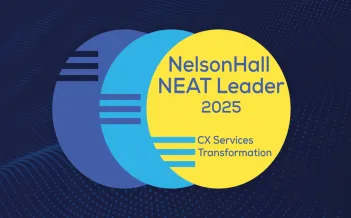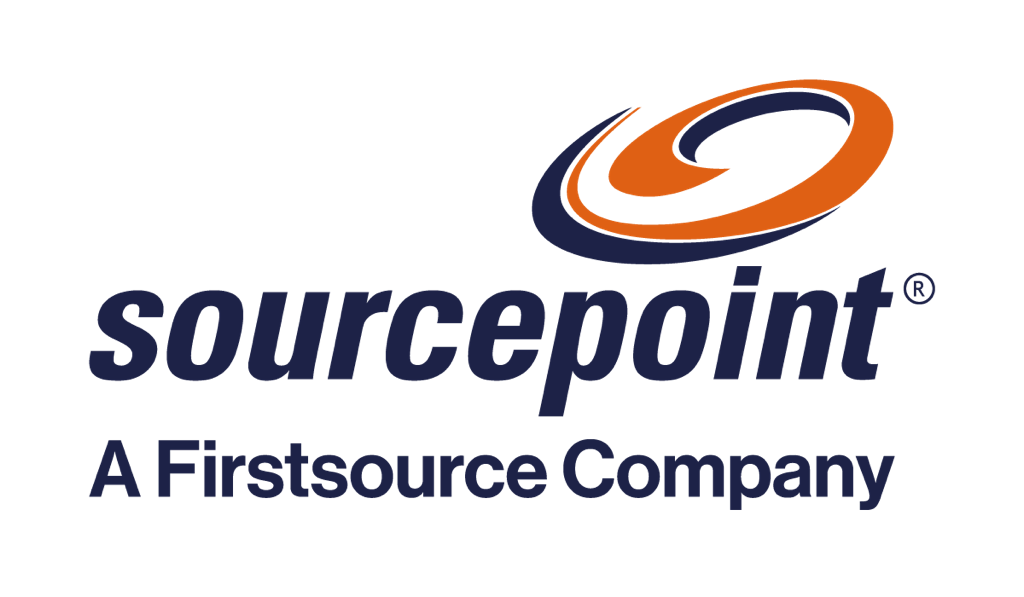Health plans are under tremendous financial and regulatory pressure to rein in costs while providing better member experiences and complying with a raft of regulations. The situation is especially acute for plans with fewer than a million members. Plans with medical loss ratios (MLR) exceeding 90% often don’t have the capital funds necessary to invest in modern technology that can power better processes and efficiency.
Health plans now compete in an AI-driven business environment. Healthcare systems employ AI to streamline revenue cycles and speed up processes, from claims status checks to prior authorizations and appeals. Regulators call for increased transparency and seamless data interoperability between plans and providers. The average health plan member now interacts with AI tools and features daily. This reality only raises their expectations for smart, personalized transactions.
In short, competing with AI requires AI. Health plans of all sizes can acquire AI capabilities through AI-powered business process as a service (BPaaS) solutions. AI-powered BPaaS solutions are smarter and can be deployed faster to deliver optimized costs and operations throughout the health plan value chain. The BPaaS service provider acts as a partner, taking on risk and sharing in rewards based on performance. Plans eliminate technology debt and avoid capital expenses while gaining the AI capabilities they need to stay competitive and financially viable.
Achieving business goals with AI-powered BPaaS
AI-powered BPaaS encompasses the payer value chain, from benefits design and contracts to claims adjudication and more. It draws on AI tools and AI-enabled platforms, including those based on machine learning, generative AI, agentic AI workflows, and more. Where “traditional” BPaaS solutions typically take 8 to 10 months to deploy, AI integration can reduce these timelines by 3 to 4 months. That shorter timeline significantly reduces costs, making AI-powered BPaaS a realistic solution when critical business and/or regulatory deadlines loom, such as Medicare open enrollment.
A client we partner with turned to BPaaS to modernize its ability to connect with members and providers. AI and machine learning accelerators pinpointed root causes and helped revamp processes to improve operational efficiency. Through our comprehensive BPaaS solution, we collaborated with the client to achieve results across membership, enrollment, claims administration, provider credentialing, provider data maintenance, provider calls, mailroom, print and fulfillment, and operational reporting. Our client has a single contract with clear, predictable per member per month (pmpm) pricing.
Leveraging BPaaS, they successfully launched a new line of business, achieving nearly 100% accuracy in exchange enrollments. This not only demonstrates BPaaS's effectiveness in generating revenue and maintaining access to care, but also enabled the rapid launch of a new marketplace line of business—tripling enrollments and significantly reducing membership losses due to Medicaid redetermination.
AI-powered BPaaS delivers new capabilities across the health plan value chain
AI-powered BPaaS integrates AI accelerators and tools into the BPaaS ecosystem, significantly enhancing its capabilities. This enables health plans to gain efficiencies, reduce costs, and deliver AI-enabled experiences across their value chains. If health plans excel in data quality and provider management, they will have clean benefits that ensure claims are processed accurately and achieve high adjudication rates. This leads to downstream impacts such as fewer calls to the contact center, reduced appeals, and consequently lower operational expenses, positively affecting the Administrative Loss Ratio (ALR). Here are some key functions enhanced by AI-powered BPaaS:
- Claims Adjudication: AI can significantly reduce costs and improve efficiency in claims adjudication. Traditional Core admin systems can achieve auto-adjudication rates of 85-90%, but a portion still requires manual adjudication. AI decision agents and agentic workflows can address the remaining manual adjudication, further reducing costs and improving efficiency by automating >30% of the claims processing.
- Provider Contract Standardization: An AI copilot helped create standardization by reviewing 76,000 provider contract documents and identifying standard product types. This significantly reduced the time and effort required for configuration. The non-standard clauses are identified when the contract is renewed.
- Benefit Configuration: AI can read through benefit plan design documents and output standard product types, fitting thousands of plan documents into a manageable number of plan types. This reduces the time required for gathering requirements and configuring core systems and other surrounding systems. These standardized benefits can be loaded across all systems, which would otherwise be done in silos, drastically shortening implementation timelines.
- Prepay and Postpay Audit: AI can bring in agentic workflows for prepay and postpay audits, which core systems cannot address due to architectural limitations. These AI accelerators can handle tasks that would otherwise require manual intervention, further enhancing efficiency by up to 50%.
- Training: With AI-powered training tools, Health Plans have achieved a 75% reduction in the time it takes to develop e-learning content. The AI simulation tools have enabled 20% faster speed to competence and a much higher level of quality when the process goes live.
Steps to adopting AI-powered BPaaS
- Avoid One Size Fits All Approach: BPaaS should be tailored to an organization's specific needs rather than using generic models/adopting a one-size-fits-all approach. Customization is crucial for optimizing results based on the line of business, state regulations, competitive landscape, provider network, and membership profile.
- Change Management: It is important not to underestimate the complexities of change management, including employee resistance, training, AI-governance, and infosec compliance. Clear communication throughout the process is critical to successful implementation. Equally important is fostering strong collaboration with providers and brokers/agents to ensure alignment and support.
- Define Success Metrics: It is crucial to define clear success metrics on ALR, pmpm cost by function, incidence rates and KPIs, regulatory SLAs and member/provider CSAT/NPS to ensure alignment and measure effectiveness.
Conclusion
Health plans will increasingly work with AI-enabled healthcare providers, pharmaceutical companies, and members. Plans need their own AI tools to work together and stay competitive. AI-powered BPaaS allows health plans of all sizes to provide better member experiences and improved outcomes at lower costs. Additionally, with the right BPaaS partner, health plans can quickly access extensive expertise and predictable costs. Now is the time for plans to adopt this vital solution and reach new levels of business and operational performance.










